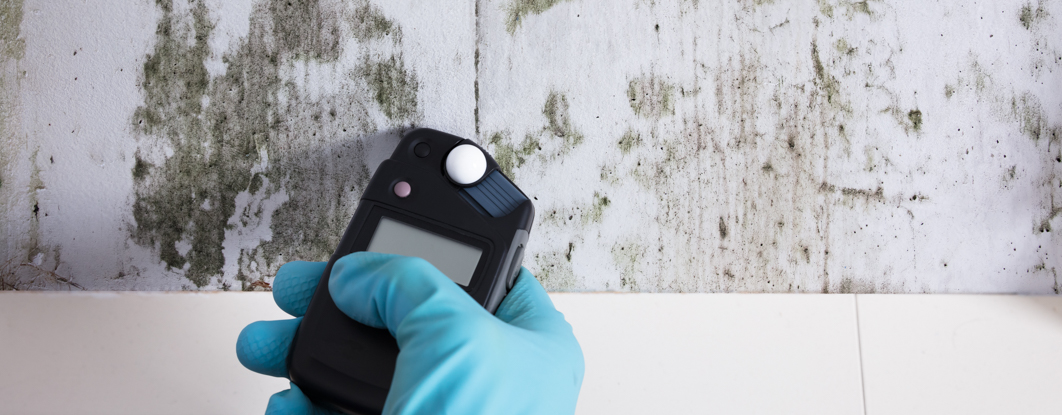Moisture in the walls
Improperly performed drainage and waterproofing will result in a number of problems.

Proper waterproofing will prevent the appearance of moisture in the walls, but also extend the life of the entire building. Read all about the proper performance of waterproofing and eliminating moisture from your premises below.
Release of moisture from the walls

Moisture is water vapor in the air and is usually invisible. When it becomes visible, ie not the moisture itself but its harmful effects, questions begin, and often problems occur. The ideal humidity level varies between 50 and 60 % and depends on the air temperature. Warmer air has the ability to retain more moisture than colder air, which is why the water vapor pressure is higher in a room with a higher temperature. In the process of diffusion, water vapor moves from a space with higher pressure to a space with lower pressure, or from a warmer space to a colder one.
In winter it is a passage from the inside out. On the way outside, water vapor passes through the walls and windows of the building. If the temperature of the wall or window is lower than the dew point temperature, water vapor condenses, which causes wet spots in the corners of the walls and around the windows, ie in the positions of thermal bridges that have lower resistance to thermal permeability. Water vapor condensation can be solved by installing thermal insulation on the facade, noting that the final layer should be vapor permeable, by installing new carpentry with low heat transfer coefficient (U) with mandatory sealing according to the principle of RAL installation.
In addition to the moisture that we “produced ourselves”, we are also affected by moisture caused by the penetration of water from the outside into the interior. In this case, the mentioned methods have no effect, but it is necessary to intervene in the form of waterproofing in places that we find to be the place of entry of water and moisture into the space.
Execution of waterproofing
Basements are in direct contact with moisture from the surrounding soil. Improperly performed drainage and waterproofing results in moisture from the soil entering the interior, which is manifested by the appearance of damp stains and the formation of fungi and mold with the inevitable unpleasant odors. Moisture from the soil is “raised” capillary through the structures. Capillary rise is the phenomenon of raising or lowering the level of fluid along the edge of narrow tubes (capillaries) caused by the forces of adhesion and cohesion.
In addition to basements, apartments often have moisture problems in positions along balconies and loggias. The cause of this is most often in poor quality or non-existent waterproofing in older buildings, poor processing of the details of the waterproofing of the plinth and on the drains, and insufficient slope. Therefore, proper waterproofing of these surfaces is necessary for the long life of the entire building.
Waterproofing of terraces and balconies, when it comes to new construction, can be done with waterproofing highly flexible polymer-cement coating DRACO LASTIC 150 before laying ceramic tiles or waterproofing polyurethane coating DRACO GARD 500, which can also be the final layer in the system. On work gratings, horizontal and vertical joints, joints with carpentry and similar details, it is necessary to install reinforcement with tapes from the DRACO BAND program.
Decisive steps should be taken against moisture and mold. It all depends on the specific problem, but DRACO solutions will help you deal with all of them.
Reach out to us if you have any questions.